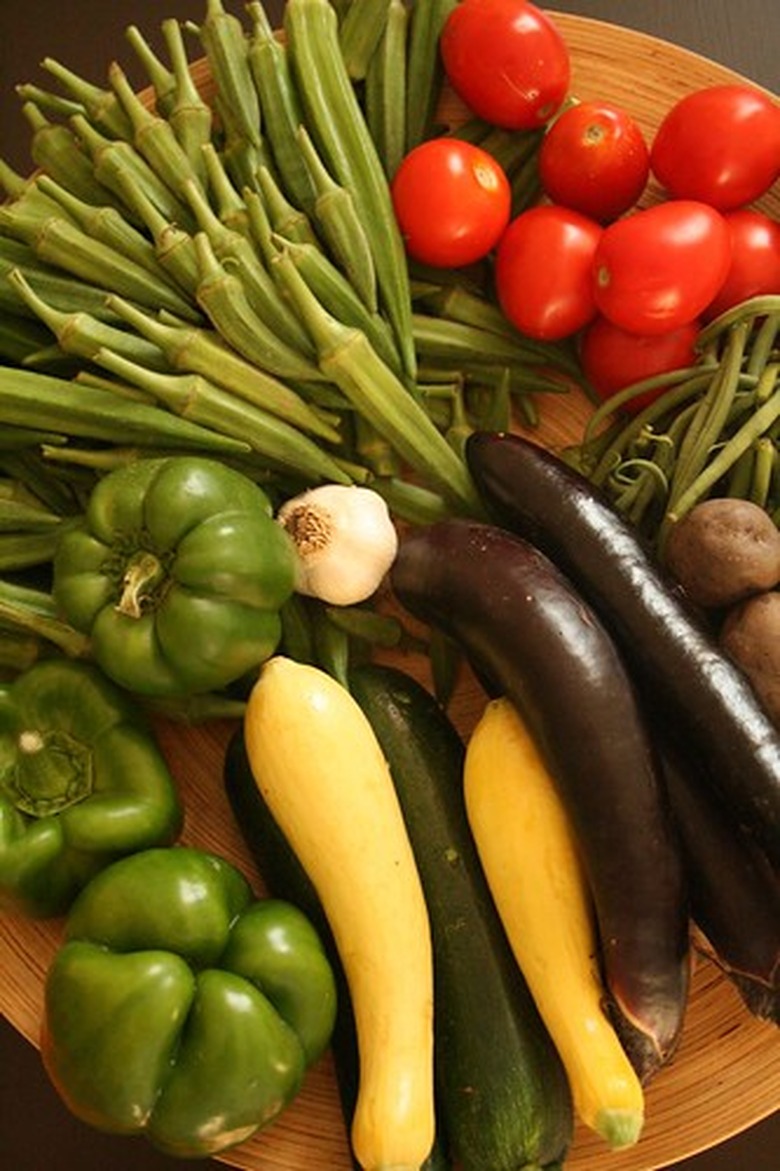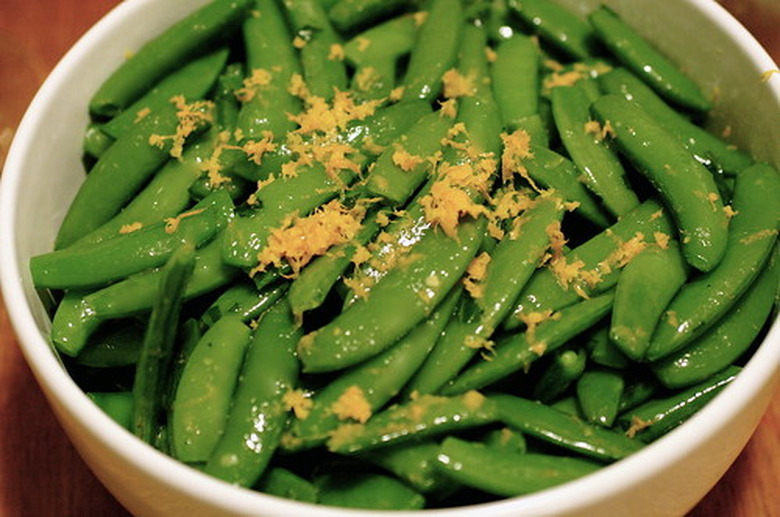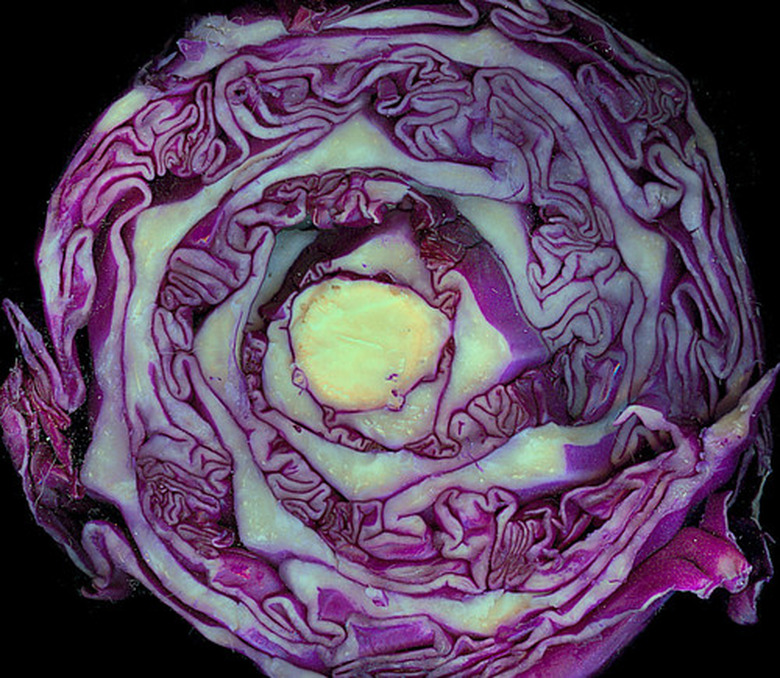Vegetable Planting Seasons For The Gulf Coast
The Gulf Coast is its own climate band stretching from southeastern Texas through the southern parts of Louisiana, Mississippi, Alabama and Georgia and into northern Florida. Here, so close to the warm waters of the Gulf of Mexico, it's not just about the heat, it's about the humidity. Gardeners can grow vegetables in these parts almost year-round.
The Climate
According to the USDA Plant Hardiness Zone, most of the greater Gulf Coast area inhabits zones 8 and 9, which experience lows of 10 degrees F or higher in any given year. Sunset Magazine places the area in its Gardening Zone of 28, and describes winters here as "virtually frostless but subject to periodic invasions by frigid Arctic air." Gulf Coast inhabitants enjoy one of the longest growing seasons in the whole United States, of nine months or more out of the year.
Spring Planting
Reading the backs of seed packages can be a bit tricky since they usually come with germination instructions that read something like, "Start seeds indoors six weeks before frost." Hmm, frost? What's that? Never mind; in the Gulf Coast region, gardeners can start most of their summer garden by early February and transplant the seedlings outside by mid-March. For about a week before the formal transfer to the great outdoors, let your seedlings acclimate a bit to the cooler-than-indoor nighttime temperatures by spending gradually increasing time outdoors. If plants are planted outside all at once, the temperature shock can slow their growth. This more gradual process is called "hardening off."
- The Gulf Coast is its own climate band stretching from southeastern Texas through the southern parts of Louisiana, Mississippi, Alabama and Georgia and into northern Florida.
- According to the USDA Plant Hardiness Zone, most of the greater Gulf Coast area inhabits zones 8 and 9, which experience lows of 10 degrees F or higher in any given year.
Water Concerns
Gardens in much of the rest of the country get drier and drier as spring melds into summer, but this is not the case along the Gulf of Mexico. Intellicast.com lists average precipitation month to month for most locales in the United States. New Orleans enjoys at least 5 inches of rain most months. Westerly Houston has only slightly less, and to the east, in Mobile, Alabama, the natives must have webbed feet with the 6 or so inches a month that they see. The precipitation tapers off a little in Tallahassee, Florida, but every month still brings 3 to 8 inches. Check that roots still have moisture if it hasn't rained in a while, but seldom will you need to water the garden. Do make sure your soil drains well; roots could drown if there isn't adequate water movement through the soil.
- Gardens in much of the rest of the country get drier and drier as spring melds into summer, but this is not the case along the Gulf of Mexico.
Fall Planting
As the summer harvest slows, Gulf Coast gardeners can ramp up for a fall planting of cool season plants like peas, lettuce and most root vegetables. If there isn't yet enough space in outdoor beds, start the seeds indoors and let them grow in pots for a few weeks. Temperatures in the late summer-early fall are usually warm enough to transplant seedlings without hardening off first. Since frosts are rare and light, most cool-season plants will overwinter and thrive in this area, all the way until it's time to plant again in the spring.
What Doesn't Work
As envious as most U.S. gardeners are of Gulf Coast cultivators, a few cool-season and drought-loving plants might not do well here. Vegetables that need six months of cool days to fully ripen will likely bolt before you can collect a good harvest. Cabbage and celery are two such examples. Many herbs, like thyme, sage and rosemary, may need to be grown in pots protected from excess rain.
- As the summer harvest slows, Gulf Coast gardeners can ramp up for a fall planting of cool season plants like peas, lettuce and most root vegetables.
- As envious as most U.S. gardeners are of Gulf Coast cultivators, a few cool-season and drought-loving plants might not do well here.


